President Barack Obama used the Harvard Law Review to broadcast his claim that “there is no growing crime wave,” despite the crime wave that has killed 1,500 Americans in 2015 and 2016.
His claim that crime has remained “near historic lows,” and his denial of the national murder spike, came in his op-ed published by the Harvard Law Review:
- “There is no growing crime wave.”
- “Crime remains near historic lows.”
- “I have also used my clemency power to a degree unmatched in modern history to address unfairness in the federal system… I will be the first President in decades to leave office with a federal prison population lower than when I took office.”
The FBI’s 2015 crime report revealed a 10.8 percent increase in murders from 2014 to 2015—the largest increase in a single year since 1971—along with a 3.9 percent increase in violent crime overall.
The left-wing Brennan Center for Justice reported that violent crime surged in 2015 and in 2016:
The [2016] violent crime rate is projected to rise slightly, by 5.5 percent, with half the increase driven by Los Angeles (up 13.3 percent) and Chicago (up 16.2 percent) … :The violent crime rate is projected to rise slightly, by 5.5 percent, with half the increase driven by Los Angeles (up 13.3 percent) and Chicago (up 16.2 percent) … Nationally, the murder rate is projected to increase 31.5 percent from 2014 to 2016 — with half of additional murders attributable to Baltimore, Chicago, and Houston.
Yet Obama insisted “there is no growing crime wave,” effectively ignoring the roughly 1,500 victims of the post-2014 murder spike.
Obama’s claim of civic peace is also at odds with the televised evidence dramatic race riots, high-profile cop killings, rapes, murders, illegal alien crimes, and chaos that rippled across the country during the second term of his presidency.
Violent crime, particularly homicides, rose in many major cities: Chicago’s gun crime death toll is so high it’s distorting national murder figures and “37 of the 65 largest police agencies” reported continuing homicide increases in 2016, according to the Wall Street Journal.
In 2016, Muslim and second-generation immigrant Omar Mateen slaughtered 49 in a gay Orlando nightclub.
(The victims of the Pulse Nightclub terror attack: The Associated Press)
Dallas saw 116 murders in 2014, and two years later, 164 by mid-December 2016. That’s a 41 percent increase in two years. Pictured below: Dallas homicide victims killed during the first half of 2016.
Black militants murdered police in planned attacks, including five officers in a single night in Dallas during a Black Lives Matter demonstration.
(AP Photo/Eric Gay)
In 2016, there was a huge increased in the number of police killed on duty, according to the National Law Enforcement Officers Fund, which stated:
Firearms-related incidents were the number one cause of death in 2016, with 64 officers shot and killed across the country. This represents a significant spike—56 percent—over the 41 officers killed by gunfire in 2015.
Within a single week in August, predators murdered three female joggers in shockingly brutal attacks that included rape in two of the cases.
And the costs of illegal alien crime continued to mount and a lethal opioid epidemic raged.
Why the sharp increase? As City Journal‘s Heather MacDonald writes, the “Ferguson effect”—which she defines as “officers backing off of proactive policing in inner city neighborhoods and, as a result, criminals becoming emboldened”—is very real and costs some civilians and law enforcement officers their lives:
The growing mayhem is the result of Chicago police officers’ withdrawal from proactive enforcement, making the city a dramatic example of what I have called the “Ferguson effect.”
Since the fatal shooting of Michael Brown in Ferguson, Mo., in August 2014, the conceit that American policing is lethally racist has dominated the national airwaves and political discourse, from the White House on down.
In fact, this sentiment appears to be what fueled the slaying of five officers in Dallas after white cops shot black men in Baton Rouge, La., and Minnesota last week.
In response to this feeling, cops in minority neighborhoods in Chicago and other cities around the country are backing off pedestrian stops and public-order policing — and criminals are flourishing in the resulting vacuum.
After Obama fomented a “stigmatize-and-federalize” campaign in late 2014 against local and state law enforcement, the FBI found violent crime indeed began to rise:
Unsurprisingly, the outgoing president’s insistent dismissals have not set voters’ minds at ease. In April 2016, Gallup found public concerns about crime stood at a 15-year high: 53 percent of respondents, including 68 percent of nonwhite respondents, said they worried “a great deal” about crime.
Obama also laments Congress’s failure to pass sentencing rewrites that would slash sentences and release “drug offenders” from federal prison, meaning drug traffickers. (There are virtually no cases of simple possession in federal courts.)
The rise in violent crime that began under Obama shows little sign of abating, and Obama shows no signs of acknowledging it. He plans to give his “farewell address” in Chicago, where four have just been charged with hate crimes for the abduction and days-long torture of a disabled young man, and where the 2016 murder toll exceeded 700 people, mostly Africans-Americans.
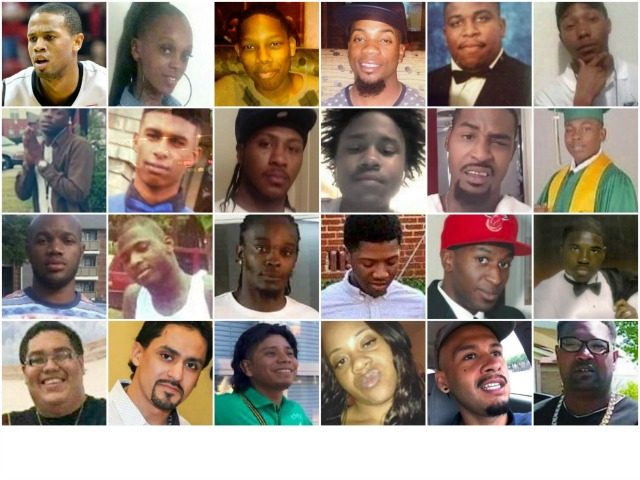
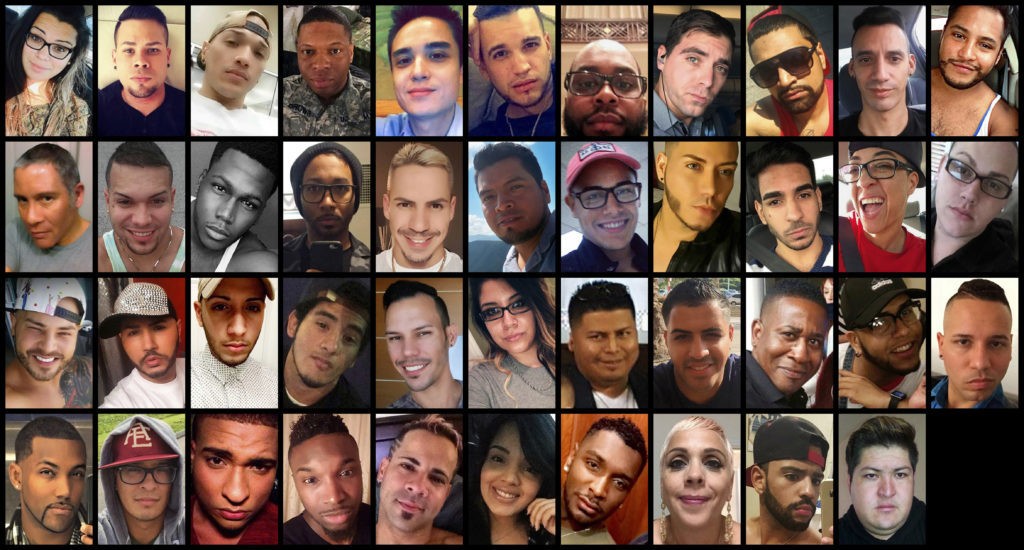
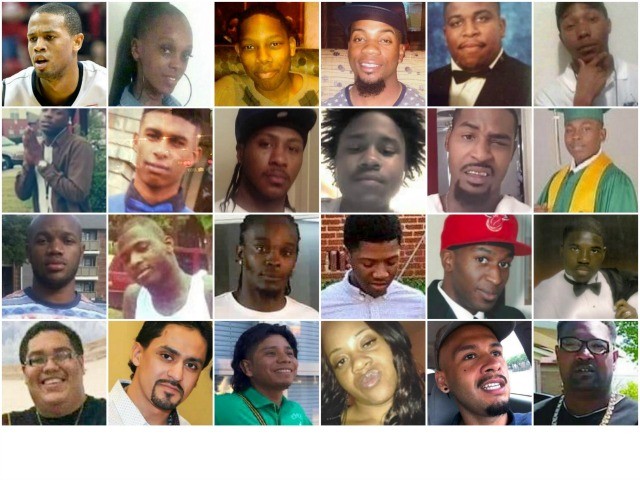
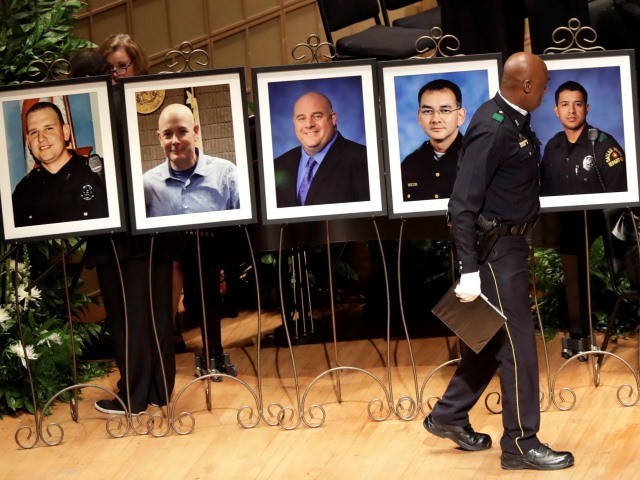
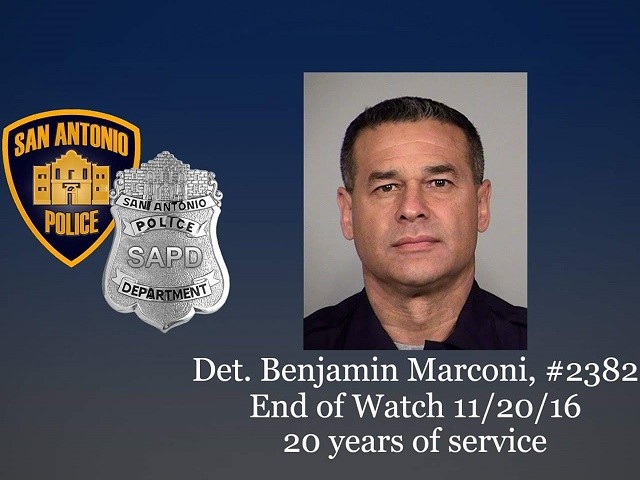


COMMENTS
Please let us know if you're having issues with commenting.